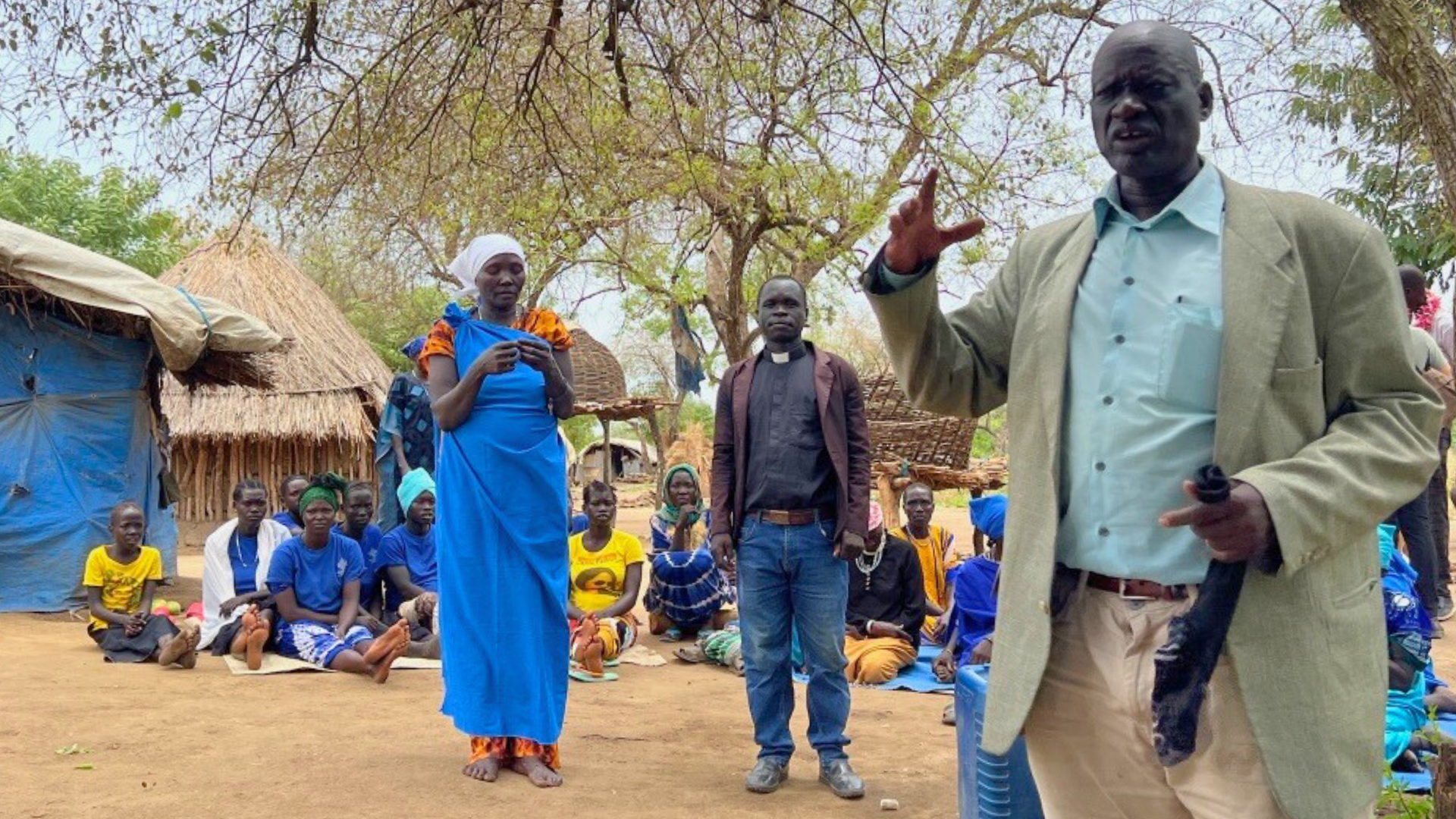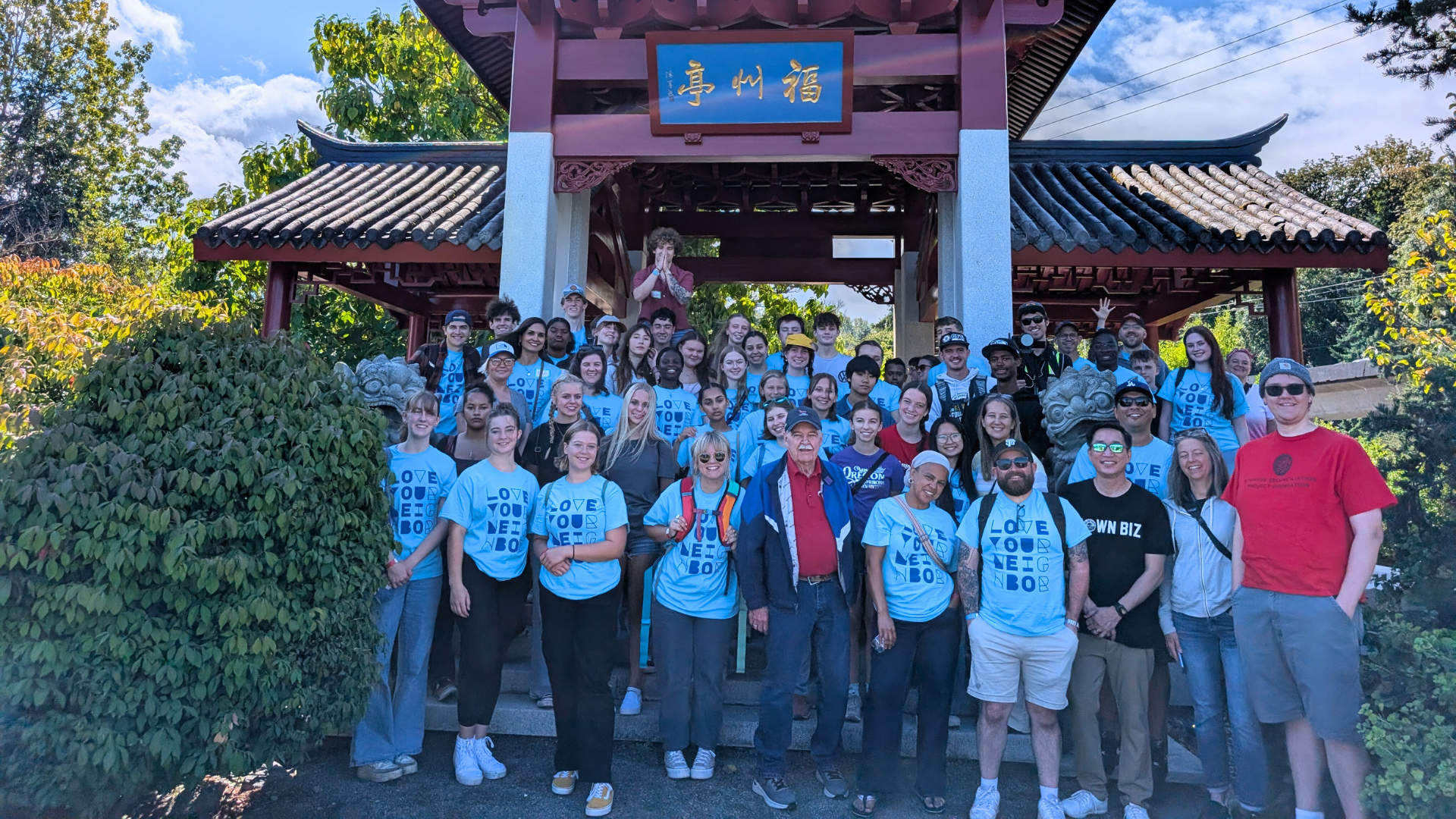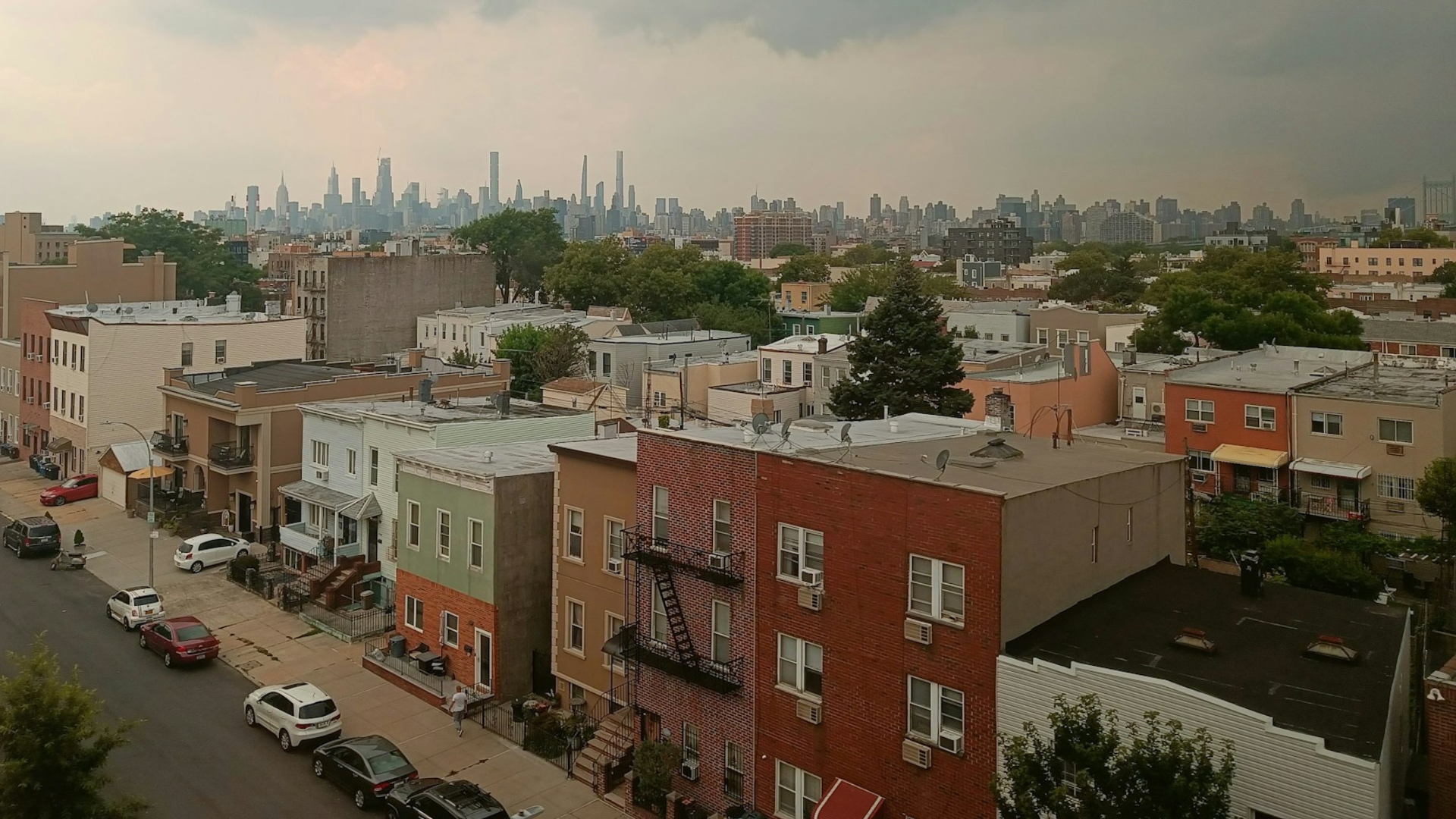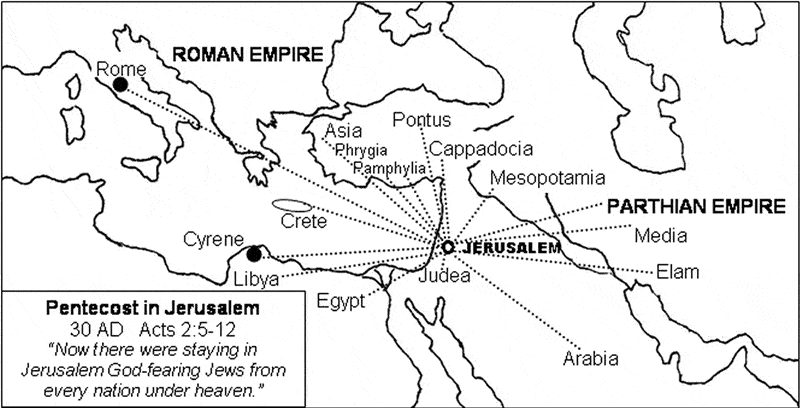
Shattering False Redemption
Sharing the Hard Stories of Our History
by Leeann Younger | March 21, 2019
This year our church plant will celebrate our ninth Easter Sunday together. (Can we can still be called a church plant?) Every year we conclude our Easter worship celebration with a feast. It’s one of my favorite days at Cityview Church, a reflection of who we are as family united in Jesus. We come from different neighborhoods with different stories, but there’s always room for one more person at the table.
As I move through Lent, I’ve been captivated by an Easter Sunday story that seems worlds away from the joyous celebration I am anticipating with my church family. Honestly, I can’t stop thinking about it.
In 1873, white men in Colfax, Louisiana, concluded their Easter Sunday observation by massacring approximately 100 African American men. They fired a cannon into a local courthouse intending to kill the black men guarding the place where laws protecting their newfound freedom were being passed. The black men who escaped the cannon blast were captured, marched to a nearby cotton field, and executed. This event, referred to by townspeople as the Colfax Riot, launched similar acts of violence in other towns. Each uprising had the same purpose: to reassert the power and authority of white southerners over former slaves. The men called themselves “Redeemers.” They called their movement “Redemption.” And their actions paved the way for the Jim Crow and lynching eras in American history.
The first time I heard this story I was baffled. I couldn’t imagine churchgoing men celebrating the Resurrection with their families, knowing that they would soon be agents of death and destruction. These men chose the theologically powerful word “redemption” to describe what must have felt like a God-given mission. They wanted their old order of life back. They rejected the prospect of living alongside black people as equals.
There is a redeemer who is able to set us free from the many faux “redeemers” in our lives. Our work is to tell the hard stories of our history so that we can understand the true depth of our captivity.
Prior to the end of slavery, the daily lives of these men and their families reinforced the idea that black men and women were created by God to be subservient. As a result, they could only see the social and legal changes that followed Emancipation as evil, as a perversion of God’s plan.
This preference to keep black people subservient was also reinforced in worship. Consider this slave catechism, published in Frederick Douglass’s newspaper in 1854.
Q. Who gave you a master and
a mistress?
A. God gave them to me.
Q. Who says that you must obey them?
A. God says that I must.
Q. What book tells you these things?
A. The Bible.
The catechism was an especially effective spiritual training tool because most slaves couldn’t read. It depicts a world that the “redeemers” fought to get back.
It is hard for me to imagine men and women of God training slaves to learn and live by such an obvious lie. Their imaginations were held captive by a false gospel—a gospel that sanctioned one group of God’s image bearers to have dominion over others who bore the same image of God, only in darker skin. It might be difficult to believe, but the church gave its stamp of approval to the doctrine of white supremacy by training families to accept this worldview as God’s design.
I thank God that slave catechisms, lynchings, and Jim Crow are things of the past. Even so, we who call ourselves God’s people for the most part remain divided by race, both in church and at home in our neighborhoods. We must remember that some of our brothers and sisters in church with us today are the grandchildren of those who lived with the terror of being snatched from the street and strung up like cattle. Some of us are the grandchildren of those who brought picnic lunches to the town square to watch this happen.
All of this history shows up in the pews when we show up to worship together. We are the recipients of generational stories and practices that shape our faith in God and how we relate to one another. It is hard to accept, but the fingerprints of the faux “redeemers” may have imprinted the worldviews of the people who helped shape our faith. Our collective healing, restoration, and witness for Jesus depends on our facing this hard truth together. And here is the good news! As the spiritual says:
There is a balm in Gilead
To make the wounded whole;
There is a balm in Gilead
To heal the sin sick soul.
There is a Redeemer who is able to set us free from the many faux “redeemers” in our lives. Our work is to tell the hard stories of our history so that we can understand the true depth of our captivity. It’s only then that we will understand the depth of his grace.
“‘Come now, let us settle the matter,’ says the Lord. ‘Though your sins are like scarlet, they shall be as white as snow’” (Isaiah 1:18).
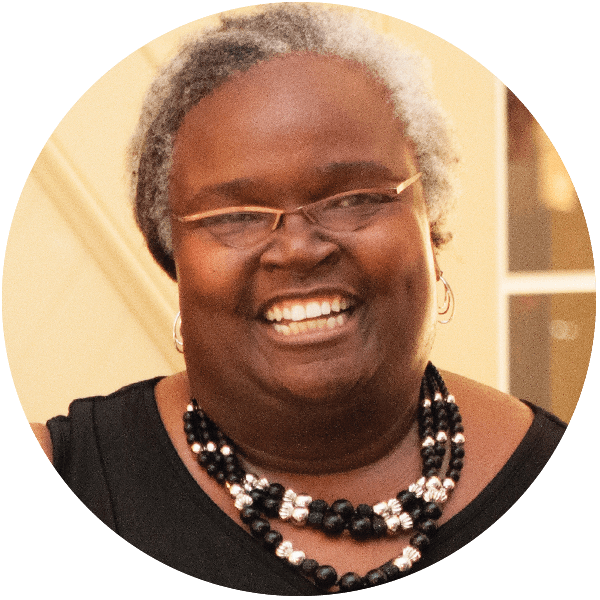
About the Author
Leeann Younger is the founding co-pastor of Cityview Covenant Church in Pittsburgh, Pennsylvania. She’s been asking hard questions since she was a teen and sees no reason to stop now.







